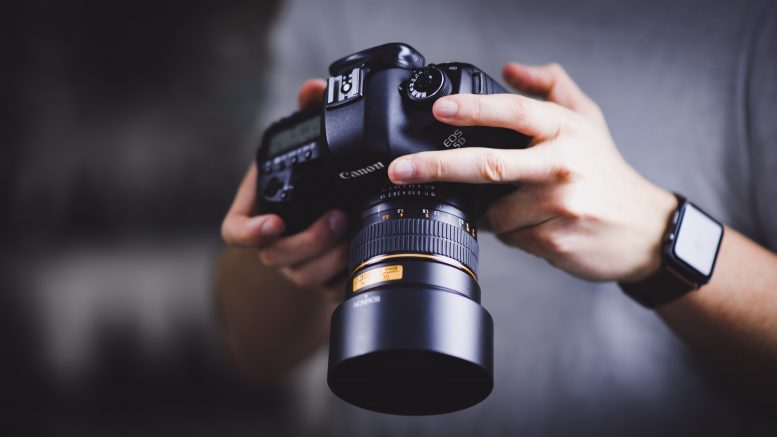One of the fundamental features of a successful photograph is the story that it depicts. Being able to represent a subject’s emotional state in your images is an important skill that helps to better portray the story you want to tell. Here, Isa Battaglin of LillyK Photography shares six tips to help you capture that emotion more clearly.
1. Don’t Focus On Just Capturing Happiness
One of the more difficult aspects of capturing natural emotional states in an image is that people are inclined to always smile when they are being photographed, regardless of how they really feel at that moment.
As a photographer, you can capture emotions other than happiness by not telling your subjects to smile or look happy. Specify that you want your subjects to look as natural as possible and tell them to pretend they’re not being photographed at all.
2. Take Unplanned Photos
Unplanned photographs are often better at conveying emotion than planned shots because they give a more accurate representation of how your subject feels.
Make sure you always have your camera ready to capture unexpected moments like your subject suddenly glancing in another direction, changing their expression, or falling over. Good photographers are always anticipating the next great shot.
3. Leverage The Weather
You can’t control the weather but you can use it to your advantage in photography. The weather can be used to depict certain moods in your photos, which is especially useful when your subject is either an inanimate object or you cannot see a person’s expression.
Fog, for example, adds a sense of mystery to photos that invokes feelings of fear or anxiety if that’s what you’re aiming for. Sunshine can be used to convey happiness or freedom.
4. Surroundings Are Important
Choosing the right location for your photos helps to better capture the emotion that you want to convey. For example, shooting melancholic images outside a timeworn home creates the feeling of sadness that you need.
Surrounding your subjects with empty space, such as the sky or a lake, helps to convey isolation and loneliness. A good choice of location complements the emotion of the person in the image and can elevate the emotional connection that people feel to the picture.
5. Capture People Doing What They Love
Instead of the forced depiction of happiness that comes with asking people to smile in photos, capturing images of people doing what they love is a great way to convey a sense of natural happiness or passion.
A good example is to take the shot while your subject plays their favorite musical instrument because you’ll capture the enjoyment, concentration, and passion in the one image, as opposed to a simple smile that doesn’t tell much of a story.
6. Focus On the Eyes
Always ensure that your images are sharply focused on the eyes of your subjects. There is no other facial feature that conveys emotion quite like the eyes, and they are known as the windows to the soul for this precise reason.
The eyes have been used as a subject in many paintings, sculptures, and photographs throughout time. Margaret Keane, an American artist, is famous for her drawings of children with oversized eyes. The eyes were used a stylistic feature she used to convey the inner feelings of Margaret Keane’s subjects more clearly.
You can use the eyes to your advantage in photography and instantly make your images more emotional.
Implement the above six tips in your photography and you’ll soon have some great images that people can feel a strong emotional connection with. About Isa Battaglin and LillyK Photography: Whether she is capturing the faces of children or adults, Mrs. Isa Battaglin uses her camera to echo their spirit for others to see. She is a master of taking headshots in natural light and her artistry in editing beam through her photographs in her clients’ eyes. While her home base is at LillyK Photography in Los Angeles, Isa travels the world taking headshots and fashion photography.



Be the first to comment on "LillyK Photography Owner, Isa Battaglin, Shares 6 Tips To Help You Capture Emotion In Your Photographs"